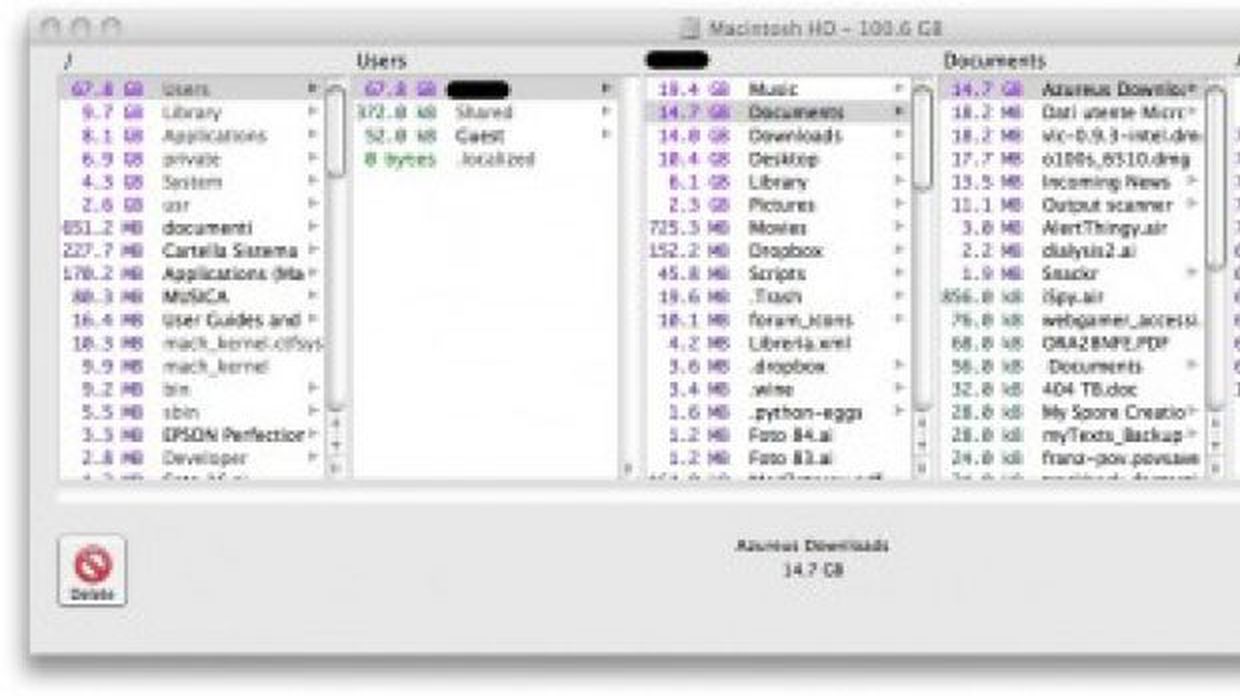

This file stores configuration about the sudo command like which user can run the sudo command and what privileges can be provided. In order to use the sudo command the current user should be added to the sudo configuration file named /etc/sudoers. List:x:38:38:Mailing List Manager:/var/list:/usr/sbin/nologin Uucp:x:10:10:uucp:/var/spool/uucp:/usr/sbin/nologin News:x:9:9:news:/var/spool/news:/usr/sbin/nologin Mail:x:8:8:mail:/var/mail:/usr/sbin/nologin Lp:x:7:7:lp:/var/spool/lpd:/usr/sbin/nologin Man:x:6:12:man:/var/cache/man:/usr/sbin/nologin Games:x:5:60:games:/usr/games:/usr/sbin/nologin Where every user in the system is listed with the information like loginshell, userid, home directory etc.ĭaemon:x:1:1:daemon:/usr/sbin:/usr/sbin/nologin
Run omnidisksweeper as root password#
After successful authentication, the password will be cached and will not be asked for a short period. The current user password will be asked for authentication. Normally the passwd file can be only read by the root user. In the following example, we will print the /etc/passwd content using the cat command. $ sudo -h Run Command with Root PrivilegeĪccording to its syntax, the sudo command can be used to run different commands with the root privileges like below. Alternatively the long format of the -h option which is –help can be also used to print help. The sudo command provides the -h option in order to list help information with available options. Run with specified user privileges other than root
Run omnidisksweeper as root install#
Install sudo For Fedora, CentOS, RHEL, SUSE: sudo yum install sudo sudo Command Syntax Install sudo For Ubuntu, Debian, Mint, Kali: sudo apt install sudo The sudo command can be install with the package name “sudo” for the most of the Linux distributions. You will get an error like “sudo command not found error”. But for different reasons it may not be installed or removed in some cases. The sudo command is preinstalled in most of the Linux distributions and its core of the daily system adminsitration. Install sudo (sudo command not found error solution) Then with extra development by fixing issues, problems and integration with more Linux distributions the name changed into “ sudo“. The sudo is create in 1980 but gained popularity in 1994 with the unofficial for called “ CU sudo“.

So this means sudo provides temporary administrative rights to the current normal user. The sudo command provides the root or superuser privileges for only the current command or application. The sudo command also used to run commands with different user privileges. If not the user can not execute commands with root privileges. This is not a security problem because in order to execute commands as root the user should have already provided the required privileges in the /etc/sudoers file. The sudo term is the short form of the “ SuperUser Do” or “ substitute user do“. Sudocommand is a special command which is used to execute normal user commands with root privileges without logging as the root user.


 0 kommentar(er)
0 kommentar(er)
